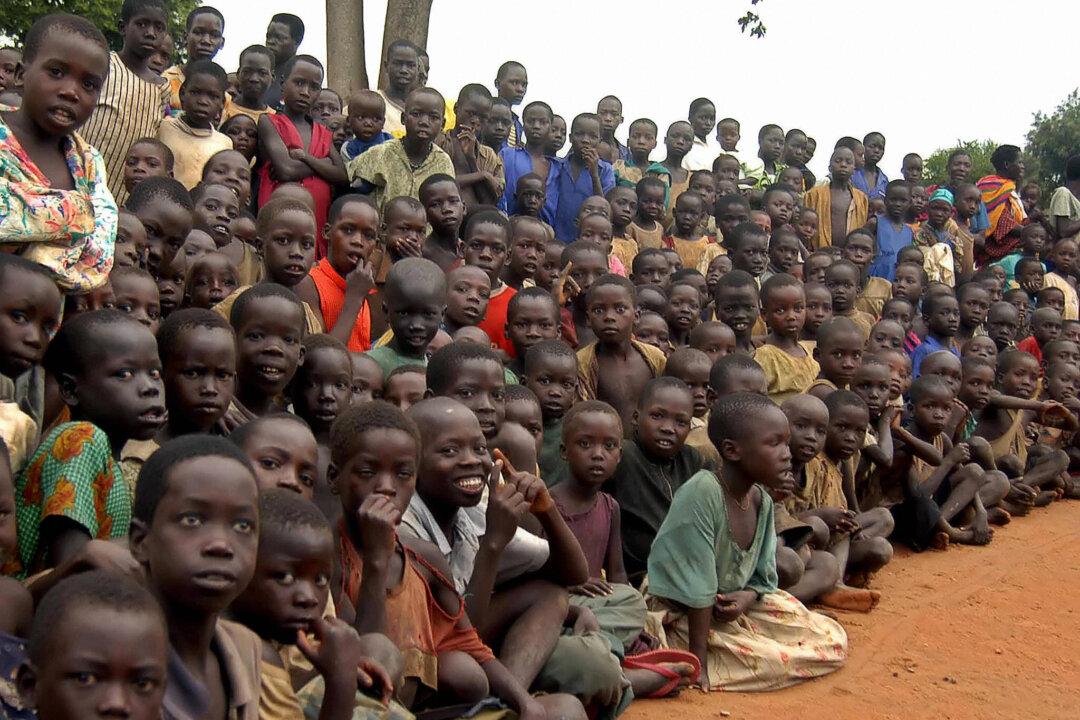NEW YORK—As world leaders convene for the U.N. Sustainable Development Summit in New York, to reflect on the progress of the Millennium Development Goals set in 2000 and adopt more goals for 2030, they ought to focus on the elephant in the room—a swelling global population that weighs on sustainability of social, economic, and environmental development.
A swelling global population that has tripled since 1950, with a record high of 7.3 billion people, should not be overlooked in setting new international development goals.
According to the summit’s draft Declaration of the Sustainable Development Goals, the heads of state and government and high representatives resolve before 2030 “to end poverty and hunger everywhere; to combat inequalities within and among countries; to build peaceful, just and inclusive societies; to protect human rights and promote gender equality and the empowerment of women and girls; and to ensure the lasting protection of the planet and its natural resources.”
To achieve these lofty aims, the agenda includes a diverse set of topics, including 17 specific developmental goals and a broad range of 169 targets. Yet, population growth is not mentioned among the goals nor the targets.
Over the past 15 years, world population increased by 1.2 billion people and is now at a record high of 7.3 billion. During that time period, the population of the least developed countries grew nearly 10 times as fast as the more developed countries. The U.N. Population Division anticipates another billion by 2030 and at least 11 billion by the end of the century.




